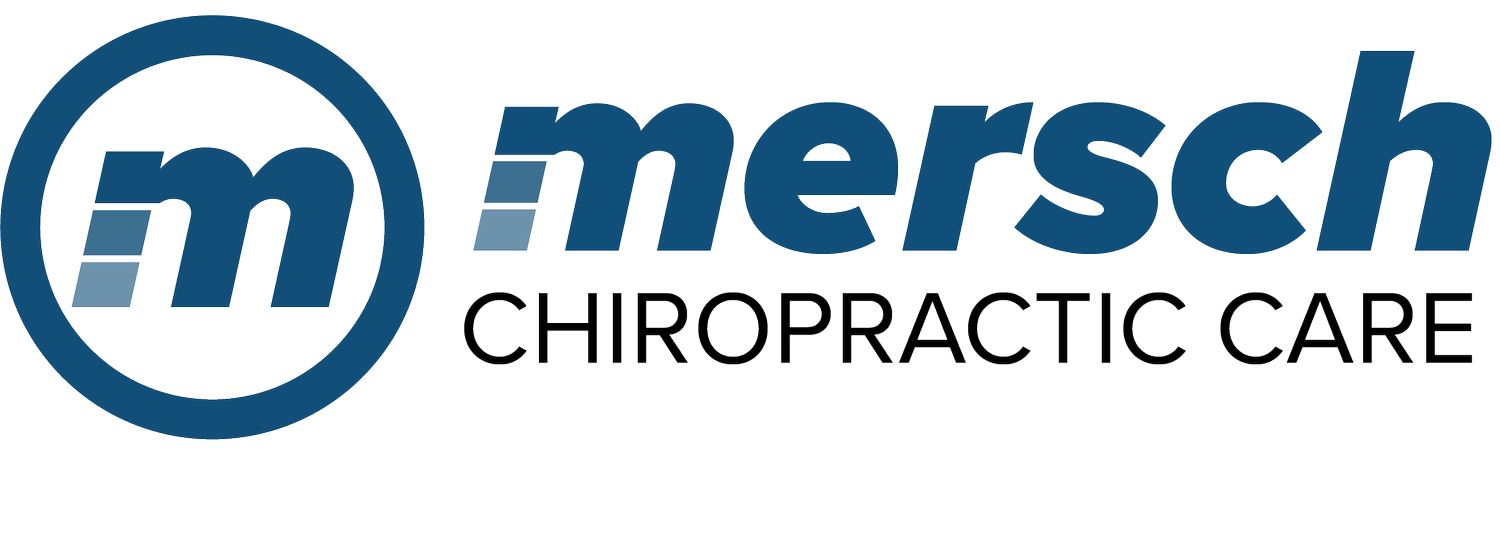Understanding Upper Cross Syndrome: Causes, Muscles Involved, and Chiropractic Solutions
Introduction:
In today's fast-paced world, many individuals find themselves spending prolonged hours in front of computers and engaging in sedentary lifestyles. This has led to an increase in postural imbalances and musculoskeletal issues. One common condition that arises from this is Upper Cross Syndrome (UCS). In this blog post, we will delve into the details of UCS, exploring the involved muscles, daily activities contributing to its development, and how chiropractic treatment and exercises can help alleviate the symptoms.
Understanding Upper Cross Syndrome:
Upper Cross Syndrome is a postural dysfunction characterized by muscle imbalances in the upper body. It typically manifests as rounded shoulders, forward head posture, and a hunched upper back. This condition arises due to a combination of tight and overactive muscles, as well as weak and underactive muscles.
Muscles Involved in Upper Cross Syndrome:
1. Tight and Overactive Muscles:
- Pectoralis major and minor (chest muscles)
- Upper trapezius and levator scapulae (upper back and neck muscles)
- Suboccipital muscles (muscles at the base of the skull)
2. Weak and Underactive Muscles:
- Deep neck flexors
- Rhomboids and middle trapezius (mid-back muscles)
- Lower trapezius and serratus anterior (scapular stabilizers)
Daily Activities Contributing to Upper Cross Syndrome:
1. Desk work and prolonged computer use: Sitting for extended periods with poor posture can lead to muscle imbalances and contribute to the development of UCS.
2. Smartphone and tablet use: Constantly looking down at screens can strain the neck and upper back muscles, exacerbating the postural imbalances.
3. Driving: Holding the steering wheel for long durations with rounded shoulders can contribute to muscle imbalances in the upper body.
4. Lack of exercise and physical activity: Insufficient engagement in strengthening exercises can weaken the muscles necessary for maintaining proper posture, exacerbating UCS.
Chiropractic Treatment and Exercises for Upper Cross Syndrome:
Chiropractic care and targeted exercises can play a significant role in managing and treating Upper Cross Syndrome. Here are some approaches commonly employed at Mersch Chiropractic Care:
1. Chiropractic adjustments: Dr. Mersch can employ adjustments to realign the spine, reducing joint restrictions and improving overall posture.
2. Soft tissue therapies: Techniques like myofascial release, cupping, dry needling, and trigger point therapy can help release tension in the tight muscles involved in UCS.
3. Postural education: Dr. Mersch can provide guidance on proper ergonomics and posture during daily activities, empowering individuals to make positive changes in their habits.
4. Strengthening exercises: Targeted exercises can help strengthen weak muscles and restore balance to the upper body. These may include scapular retractions, chin tucks, and exercises focusing on the deep neck flexors and mid-back muscles.
5. Stretching and flexibility exercises: Stretching tight muscles such as the chest and upper back can help improve range of motion and alleviate discomfort.
Conclusion:
Upper Cross Syndrome is a common postural dysfunction resulting from muscle imbalances in the upper body. Prolonged desk work, smartphone use, and a lack of exercise contribute to its development. Chiropractic care, including adjustments, soft tissue therapies, and targeted exercises, can help alleviate symptoms and restore balance to the muscles involved. By incorporating these approaches, individuals can improve their posture, reduce discomfort, and enhance their overall well-being. Contact Mersch Chiropractic Care if you would like to schedule an appointment or if you would like more information regarding this topic.
(Note: It's important to consult with a healthcare professional or chiropractor for an accurate diagnosis and personalized treatment plan.)

